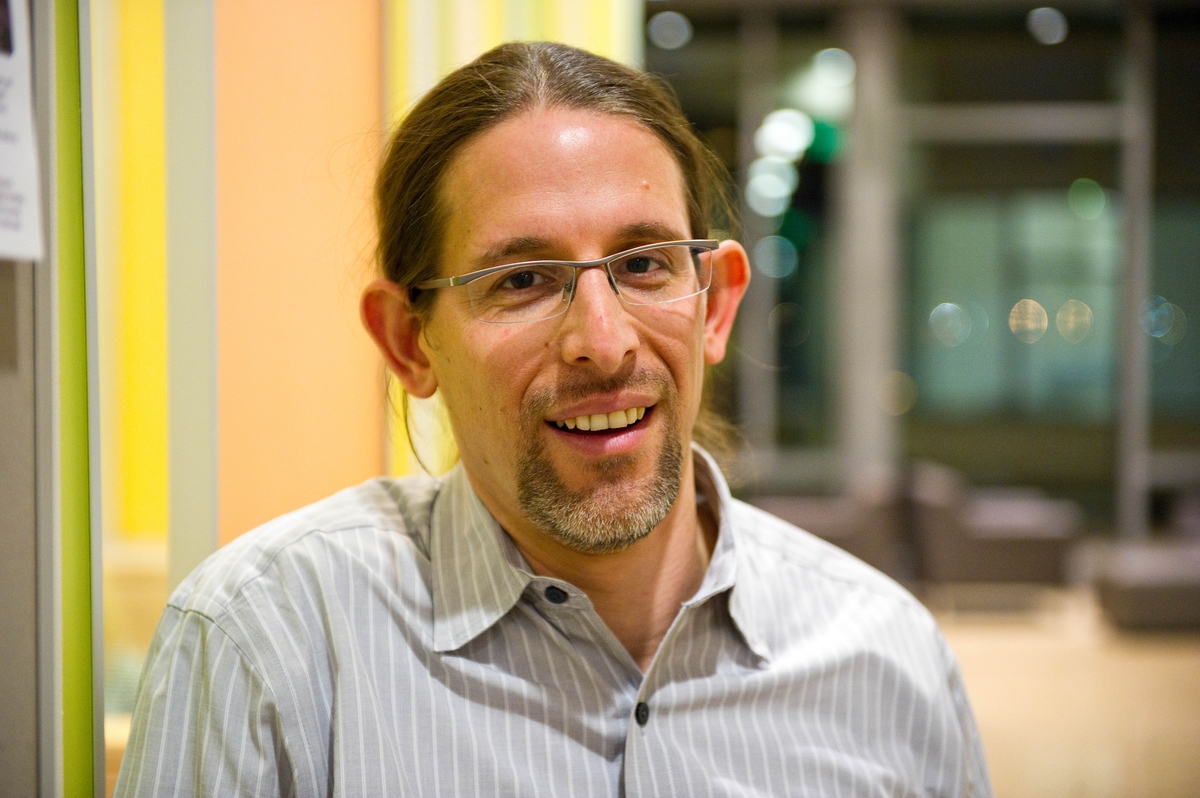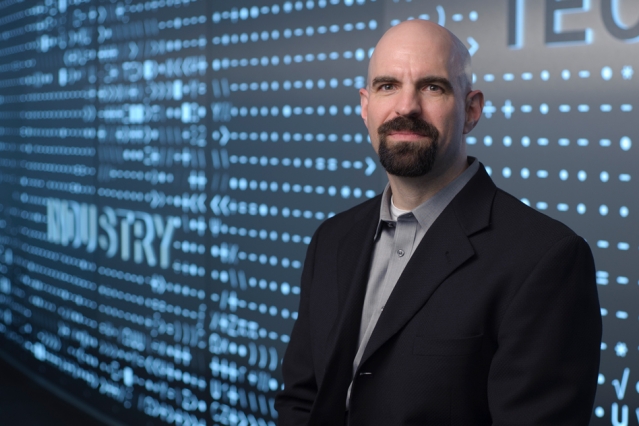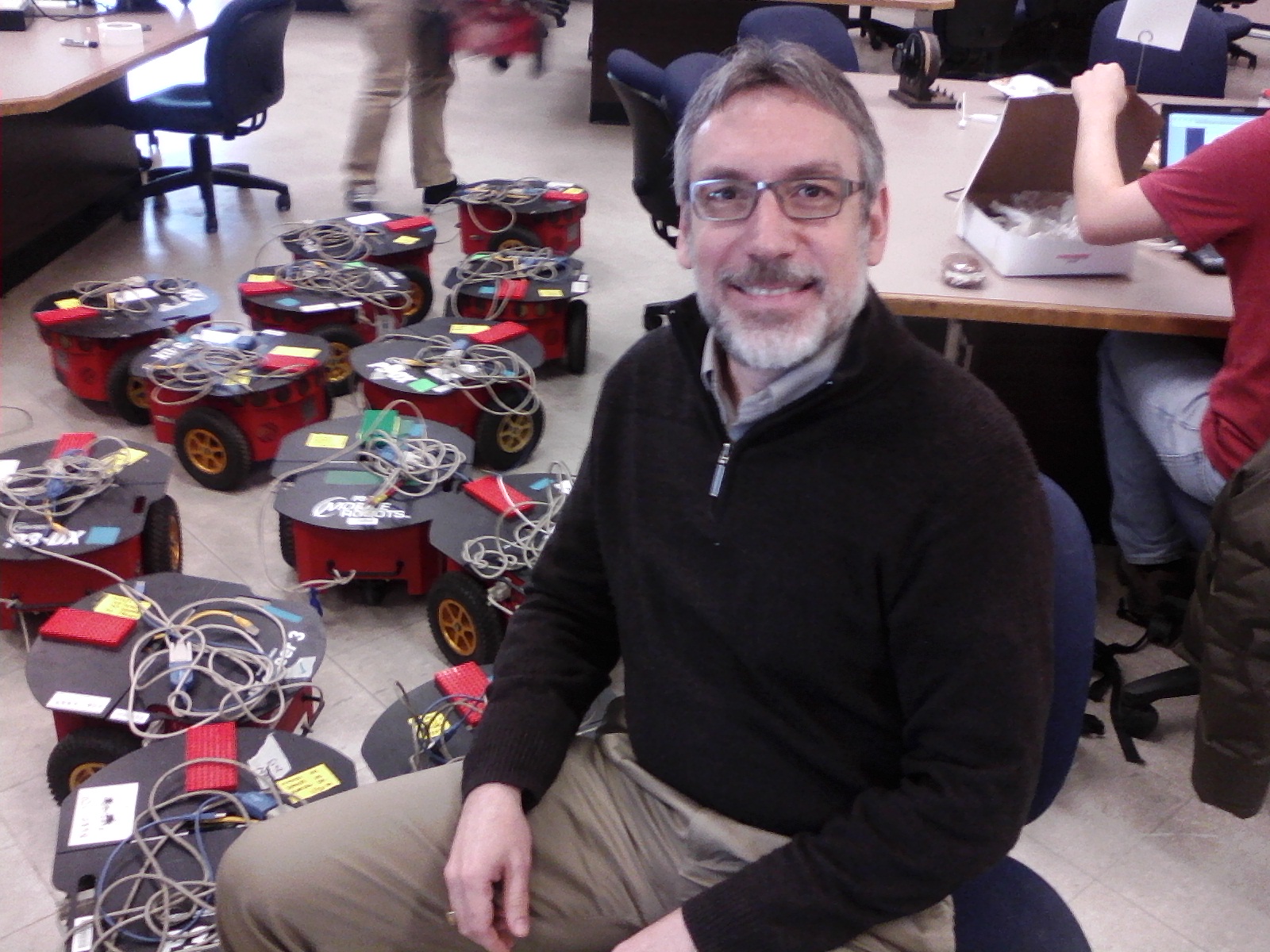Businesses are constantly optimizing, particularly in the design and operation of complex systems. The engineering and business combination in the LGO curriculum uniquely prepares students to work on systems optimization problems in a variety of industries. For example, LGO students are uniquely qualified to work on complex healthcare systems engineering problems that can effect how many patients a hospital can treat. These problems all use large-scale analytics models to produce results.
Nick Esposito (LGO ’23)
Title: Make vs. Buy Optimization for Industrial Manufacturing & Distribution Business
Engineering Department: Mechanical Engineering
Partner Company: American Industrial Partners
Lisa Liu (LGO ’23)
Title: Model-based Technology Roadmapping for Sustainable Aviation
Engineering Department: Mechanical Engineering
Partner Company: Boeing
Julie Sarasua (LGO ’23)
Title: Network Optimization of a D2C Supply Chain
Engineering Department: Civil and Environmental Engineering
Partner Company: American Industrial Partners







